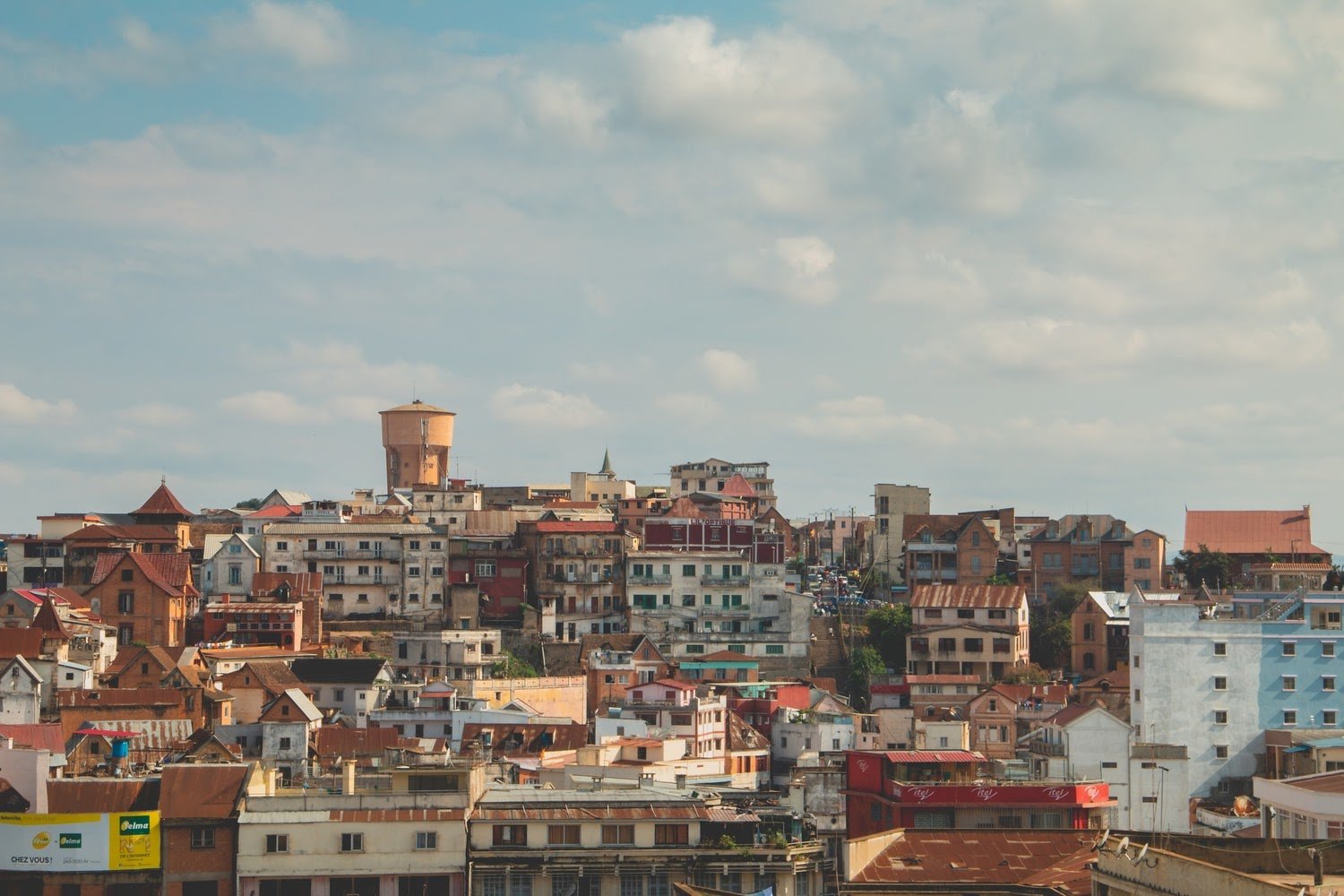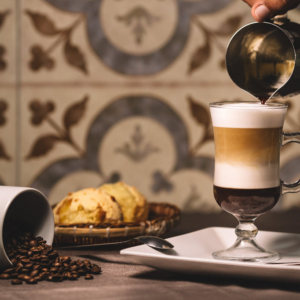We recently visited Madagascar. And it’s not about the cartoon. A couple of years ago, I was surprised to learn that the largest variety of types of coffee tree is there. What’s more, many of them are caffeine-free. I’m talking about coffee in Madagascar and finding out where it came from.
What is decaf coffee?

Decaffeinated coffee, aka decaffeinated coffee, aka decaf coffee is coffee that has undergone the decaffeinated coffee process in one way or another. There are only five such methods, but in fact there are two on sale. Up to 99.9% of the original caffeine content can be removed from coffee, resulting in a drop in a cup from an average of 100 mg to 3 mg in pure matter.
Where do so many types of decaf coffee come from on the island?
Gonzalo plans to take a closer look at the coffee life of island Madagascar. He has already begun research. The first cuppings, in his words, were amazing – some of the coffee on the table was terribly bitter, and some were unbearably sweet (timer 29:00). And this is not Arabica, and not Robusta. New species.

How is it that there is such a variety of coffee on a solitary island? How did he get there? Gonzalo does not know the answer, his assumption is that the birds transferred the fruits or some kind of storm threw the seeds of the coffee tree to Madagascar from continental Africa, the homeland of coffee (region of equatorial Guinea). And he says we owe a lemur who spread coffee seeds all over the island.
Why is coffee such a travel seed beneficial?
Plants put strength and energy into their seeds to reproduce. It is important that these seeds do not dry out on the tree and do not fall under the tree (they simply will not survive under the shadow and power of the parent). Therefore, nature has invented co-evolutionary connections – rodents that take nuts all over the forest; ants, which feed on the pericarp of flowers, keeping seeds; bats that are tempted by the pulp of berries (even coffee) and drag them to a safe place for a meal … In the case of coffee or cherries, animals are not interested in hard bones and seeds, only pulp.
Coffee Diversity Facts in Madagascar

- Most local coffees are caffeine-free and are wild types. You can try many of them.
- There are about 60 types of coffee on the island (124 are known in the world), of which 43 are on the verge of extinction.
- For the first time coffee appeared in Madagascar thanks to one type of tree 500 thousand years ago.
- From 1894 Madagascar became a French colony for 60 years, coffee began to be produced on an industrial scale.
- From 1965 to 1989, Madagascar ranked 8th in the world for coffee production.
- In recent years, coffee production is about 5,000 tons, in 1979 it was 81,000 tons; 80% of the coffee produced remains for the domestic market.
- Up to 90% of the coffee produced is Robusta.
- Bourbon Point is mainly grown from Arabica; if farmers find berries bitten by bats, the price of such coffee is 10% higher.
- Locals love coffee, roast it up to 2 cracks, brew it in a filter (fabric sock).




